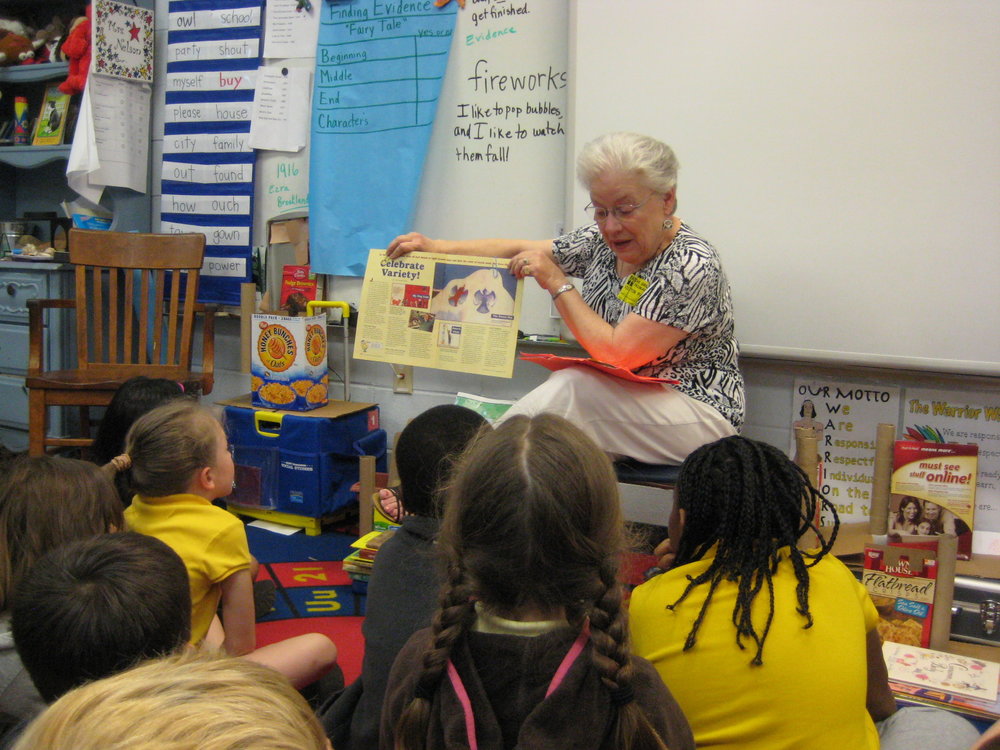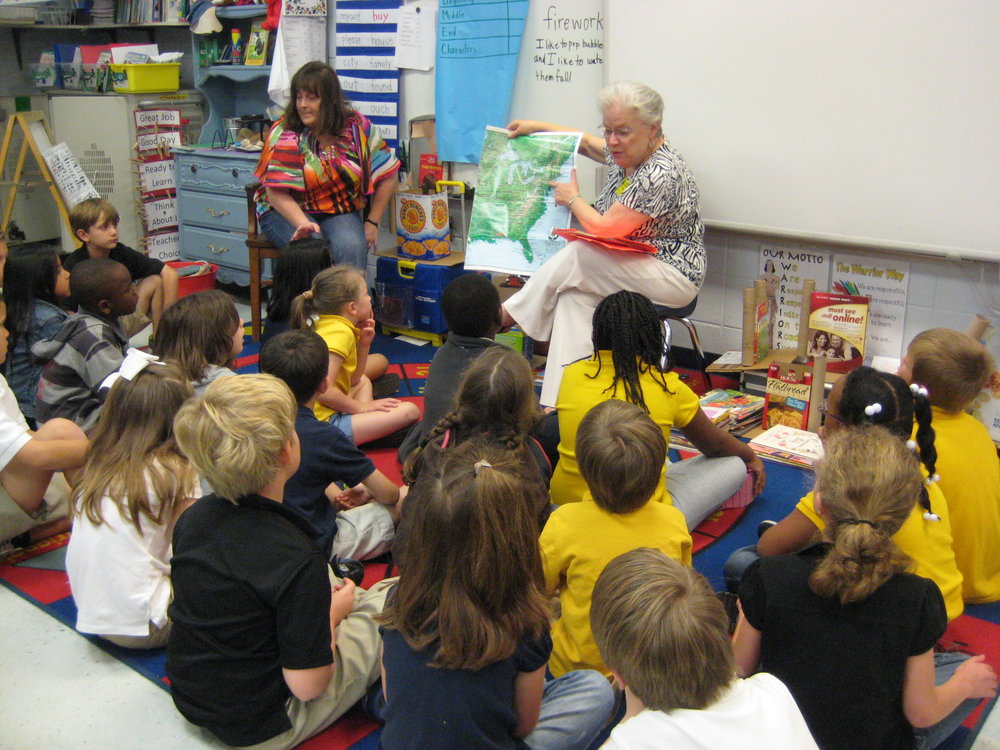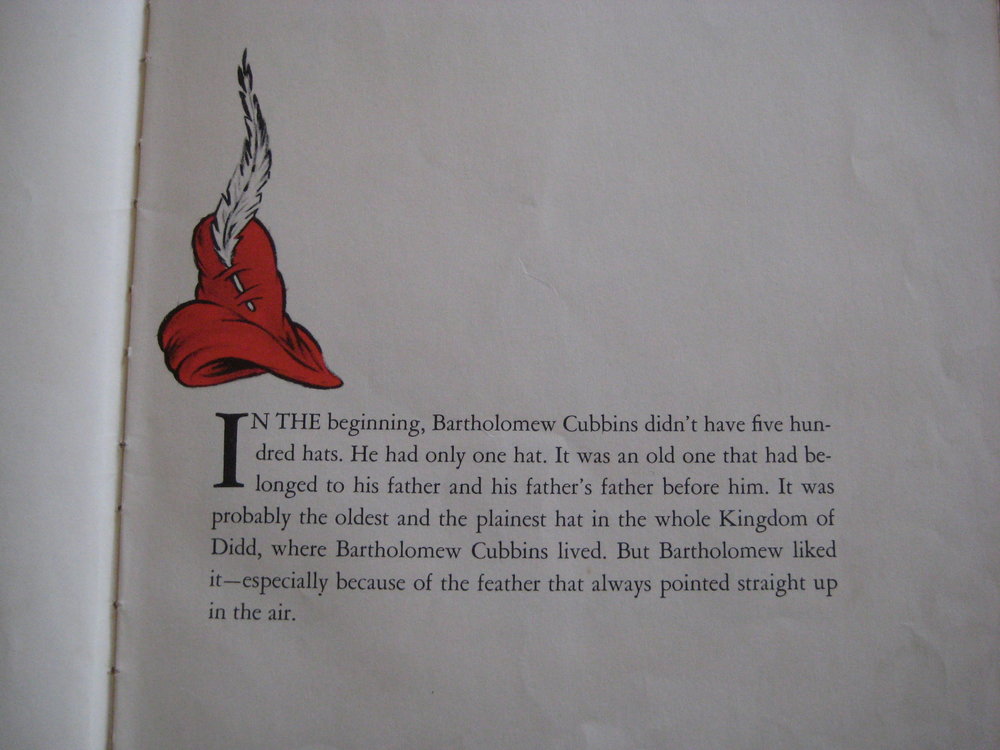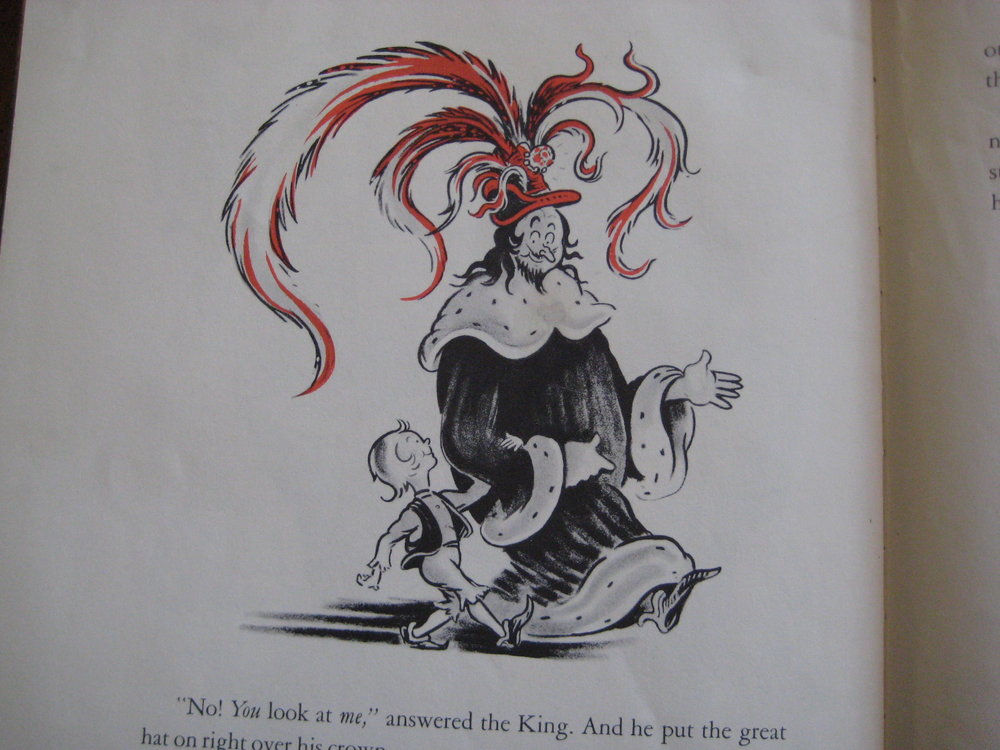 Children’s Book Week (May 13-19, 2013) began in 1919. Since some of today’s best writers and illustrators do their work for children, I like honoring children’s books with a week of their own. Brian Selznick, this year’s artist for the promotional poster, illustrates both his own and other books - including Wonderstruck and The Invention of Hugo Cabaret.
Children’s Book Week (May 13-19, 2013) began in 1919. Since some of today’s best writers and illustrators do their work for children, I like honoring children’s books with a week of their own. Brian Selznick, this year’s artist for the promotional poster, illustrates both his own and other books - including Wonderstruck and The Invention of Hugo Cabaret.
Here are just a few children’s books that have special meaning to me:
Heidi – My tenth birthday present from Aunt Ruth, Johanna Spyri’s book is the first book I remember reading so often I knew how far away I was from the good parts at all times.
Bow-wow, Meow – This Little Golden Book, by Melanie Bellah and illustrated by Trina Schart,, was my first experience with a toddler and a book with no limit on the number of times he wanted it read at a sitting. Murray loved doing the sounds that followed the question, “What does a . . . say?” including a realistic rendition of the baby that had me checking what was wrong with him the first time he did it. When he had made the last sound, he said, “The end. Again,” and flipped it back to the beginning. The book went out of print, was brought back as a classic, and is out of print again. Too bad.
Dr. Seuss’s Sleep Book – With a pair of children who were a year and three weeks apart, bedtime stories rotated between their beds with one on each side of me. How-many-are-asleep totals made this one a favorite. What child could resist a frontispiece declaring, “This book is to be read in bed,” or salesmen trying “to sell Zizzer-Zoof seeds which nobody wants because nobody needs,” and the news that “every light between here and Far Foodle is out”? They were quite cooperative with Seuss's closing suggestion “when you put out your light, the number will be ninety-nine zillion, nine trillion and three.”
Tikki Tikki Tembo – I’d loved this Chinese folk tale told by a Chinese missionary when I was about ten. For years, I thought it would turn up again because it was such a good story. Imagine my shock as a kindergarten teacher when I found it on my Scholastic Book order retold by Arlene Mosel! It was no surprise that it became a favorite of my kindergarteners.
All of a Kind Family – My students loved this Sydney Taylor book that I read aloud all fourteen years that I taught second grade. Each chapter, complete in itself, was also part of an on-going story leading to a wonderful surprise at the end. The little Jewish girls in the book lived at the turn of the century in the lower East side of New York, and my kids lived in Army housing in the late 70s and 80s and were primarily either Protestant or Catholic. My students loved the aspects of life different from their own even as they related to the family love that was not different at all.
A Solitary Blue – This Cynthia Voight book was my all-time favorite read-aloud for junior high. My students could see what the protagonist could not and often wanted to yell at Jeff to pay attention. They wanted him to see that his mother used him to get what she wanted while his taciturn father really loved him.
Part of Me – This is possibly my favorite children’s book just for me. When I read Kimberly Willis Holt’s multi-generational book, I am Rose.
Continuing to honor Children’s Book Week on my Friday blog, I will name some children’s books that live up to the promise in their enticing first lines.







































